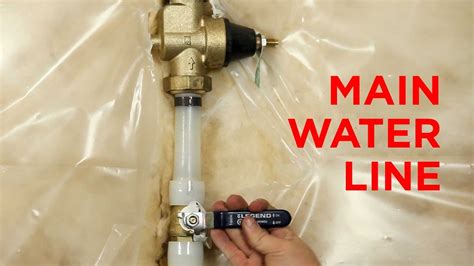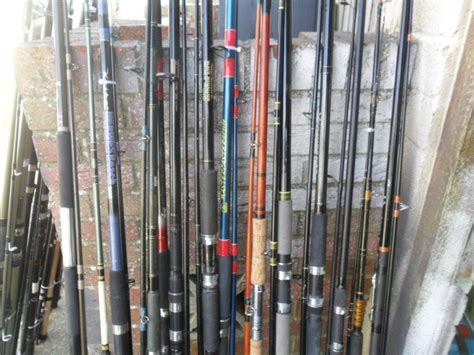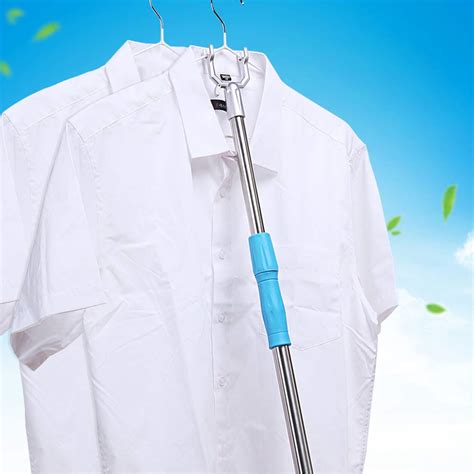Starting with the basics, squid jigging is an engaging and straightforward method for capturing squid. It involves letting the line sink in the water and repeating the process – a quick, simple, and effective technique. For those keen on precision, it’s important to note that all measurements mentioned in the related booklet are in the metric system, using meters, centimeters, and millimeters.

The Shimano Sephia Egixile range, a favorite among Australian EGI anglers, has been revamped in collaboration with Shimano Japan. This new range is inspired by local baitfish, offering unique design innovations. The range includes the highly effective Shimano Sephia Clinch Rattle and FlashBoost Squid Jigs, which feature a flat bullet shape for rapid sinking and reaching the target zone quickly. Each model in this range is meticulously designed, making them some of the most effective squid jigs on the market.
When it comes to jigging, the most common method for squid fishing, there are several techniques to master. This includes casting out a jig, allowing it to sink to the desired depth, and then retrieving it slowly with short pauses. The use of specialized egi rods is crucial for detecting the subtle strikes of a squid. Most squid jigs have a keel-shaped chin weight, enabling them to sink steadily at a 45-degree angle. These lures are ideal for catching various sea creatures, including squid, octopus, and cuttlefish, in both fresh and salt water.
Additionally, squid jigging often occurs at night, using bright lights to attract the squid. Advanced jigs, like the HTO Hot Coat Squid Jig, use unique technologies such as hot coats or internal panels with continuous shimmering effects to enhance their attractiveness.

